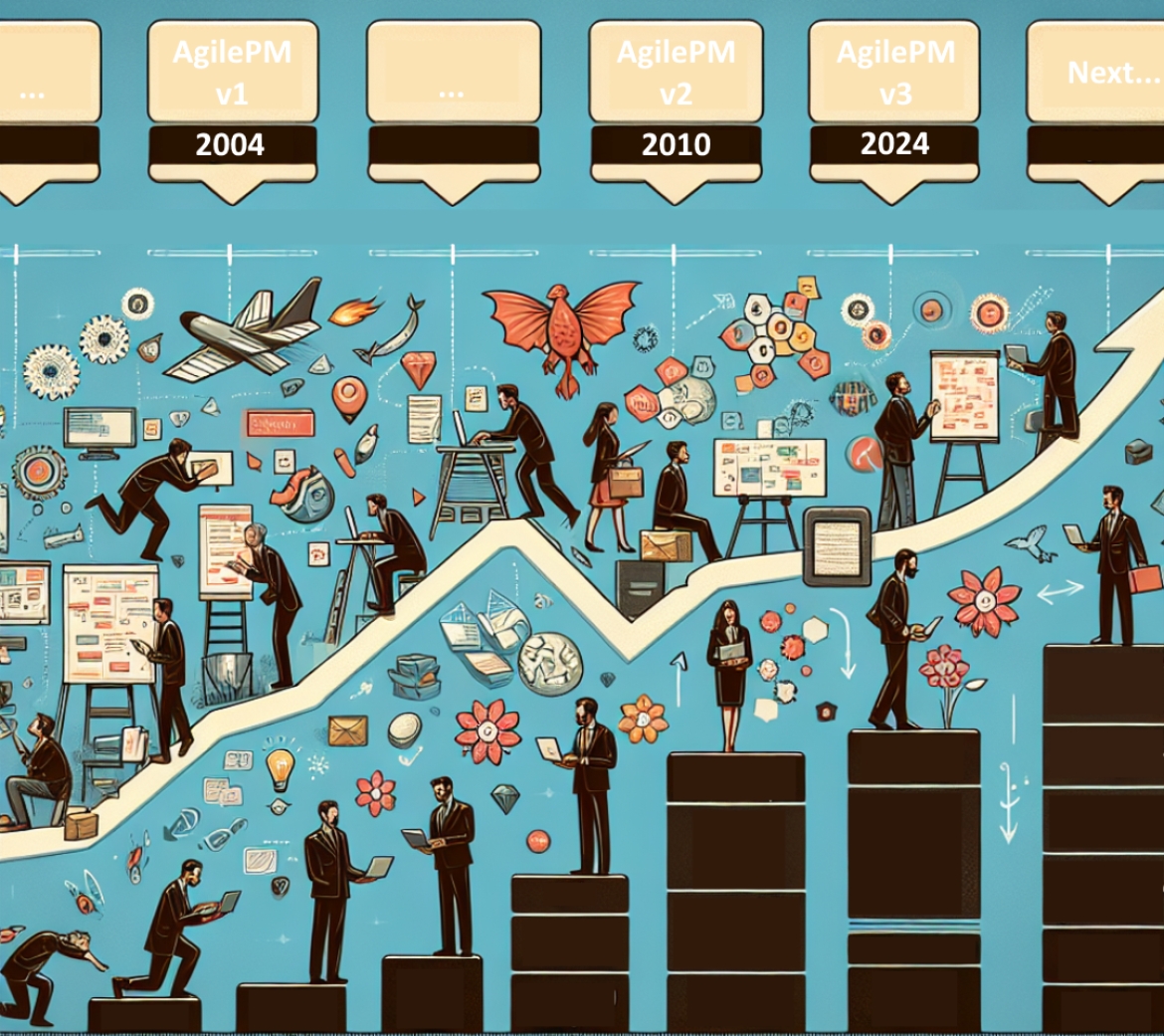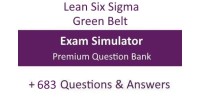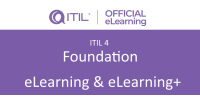The Agile Project Management (AgilePM) methodology has undergone significant evolution from its inception with Version 1 (v1) through to Version 3 (v3). This evolution reflects changing needs in project delivery, stakeholder engagement, and adaptability to complexity within various industries.
Evolution from AgilePM v1 to v3
AgilePM v1, launched in 2010, introduced the core principles of Agile, focusing on flexibility, iterative progress, and collaboration among stakeholders. It was grounded in the Agile Manifesto, emphasizing individuals and interactions over processes and tools. This version laid the foundation for Agile practices in project management, integrating concepts from methodologies like Scrum and Kanban while adapting them to fit broader project management contexts.
By the time AgilePM v2 was released in 2014, several enhancements were made to respond to user feedback and the evolving landscape of project management. V2 emphasized greater clarity in roles and responsibilities, integrating more detailed guidance on project governance and risk management. It expanded on the frameworks for iterative planning and collaborative environments, making the methodology more inclusive of diverse project contexts beyond software development.
The leap to AgilePM v3, released in 2020, marked a significant advancement in sophistication and adaptability of the methodology. This version introduced key enhancements and new elements designed to address modern challenges faced by project managers.
Key Differences Between AgilePM v2 and v3
- Refinement of Principles: AgilePM v3 further clarifies the Agile principles, placing stronger emphasis on customer-centricity and the need for continuous stakeholder engagement throughout the project lifecycle. While v2 aimed for stakeholder involvement, v3 integrates practical strategies to enhance this engagement more effectively.
- Expanded Governance Framework: AgilePM v3 refines the governance framework by detailing how to manage larger, more complex projects that might involve multiple Agile teams. This enhancement addresses the needs of organizations that are scaling Agile practices, providing clear instructions on integrating governance without sacrificing agility.
- Focus on Outcomes: AgilePM v3 shifts its focus more towards delivering business outcomes rather than strictly adhering to processes. This change encourages project teams to continuously align their work with organizational goals, making it relevant for the fast-paced environments many businesses operate in today.
- Integration with Other Methodologies: Version 3 provides clearer guidelines on how AgilePM can coexist with and integrate other methodologies, such as Waterfall, PRINCE2, and Lean. This is particularly valuable for organizations transitioning toward Agile or employing hybrid approaches.
- Enhanced Tools and Techniques: AgilePM v3 introduces updated tools and techniques for risk assessment and management, making it easier for practitioners to identify and mitigate potential issues early in the project cycle. This proactive approach supports sustained agility and adaptability.
- Learning and Development: V3 places a greater focus on the ongoing learning and development of Agile teams. It emphasizes the importance of retrospectives and continual improvement, aligning closely with Agile principles of adaptability and response to change.
In summary, the evolution from AgilePM v1 through v3 illustrates a responsive adaptation to the challenges and demands of modern project management. The differences between v2 and v3 highlight a more profound commitment to stakeholder engagement, governance, and outcome orientation, paving the way for Agile methodologies that are both practical and effective in today's complex environments. As organizations continue to adopt and evolve Agile practices, AgilePM v3 stands as a comprehensive framework that accommodates these changes effectively.







